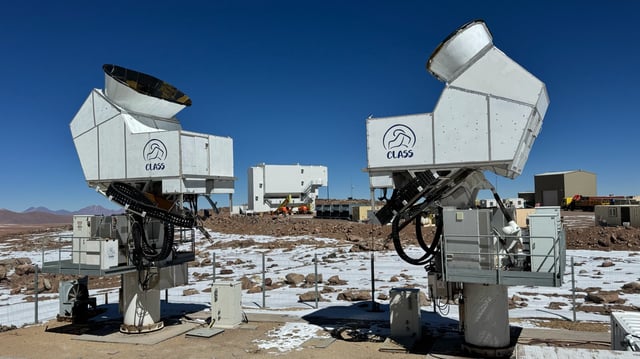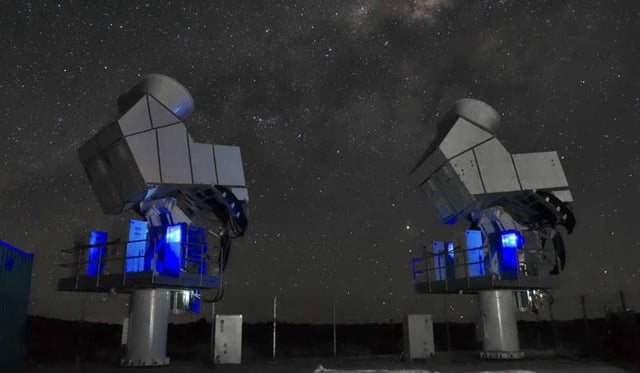Overview
- The CLASS instrument, funded by the NSF and led by Johns Hopkins University with contributions from the University of Chicago, uses ultra-sensitive multichroic detectors to capture signals a million times fainter than standard cosmic microwave background measurements
- Researchers filtered out atmospheric and human-made interference by cross-referencing CLASS data with legacy observations from NASA’s WMAP and ESA’s Planck missions to isolate the polarized reionization signature
- The measured polarization traces scattering events when first stars ionized hydrogen atoms, offering a clearer view of how early stellar radiation shaped the relic Big Bang light
- Published in The Astrophysical Journal, the study marks the first ground-based detection of reionization-scale polarization and underscores the value of sustained NSF backing for the Atacama facility
- Analysts say the refined polarization data will tighten constraints on dark matter distribution and neutrino masses in next-generation cosmological models

